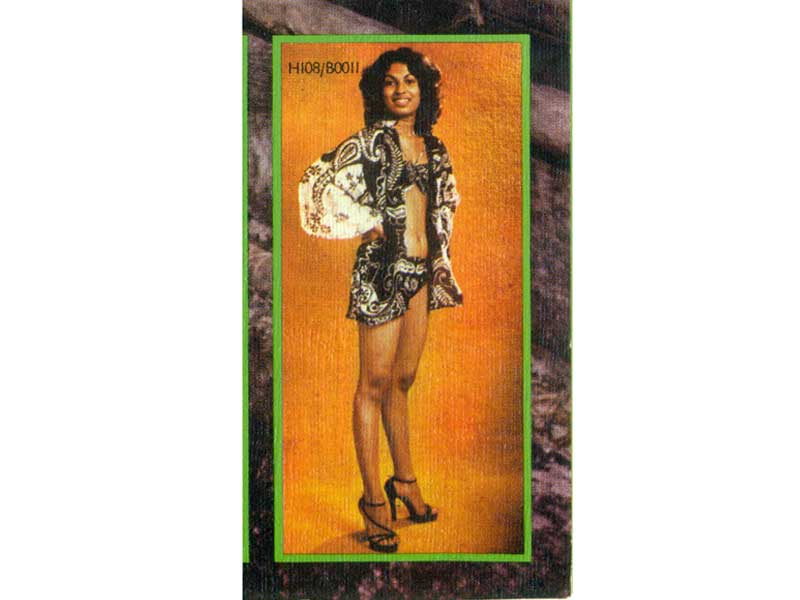
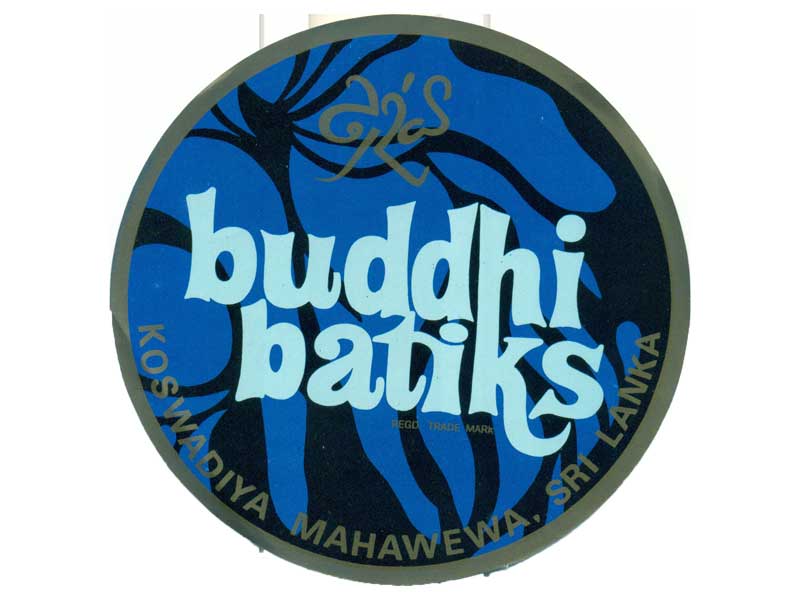
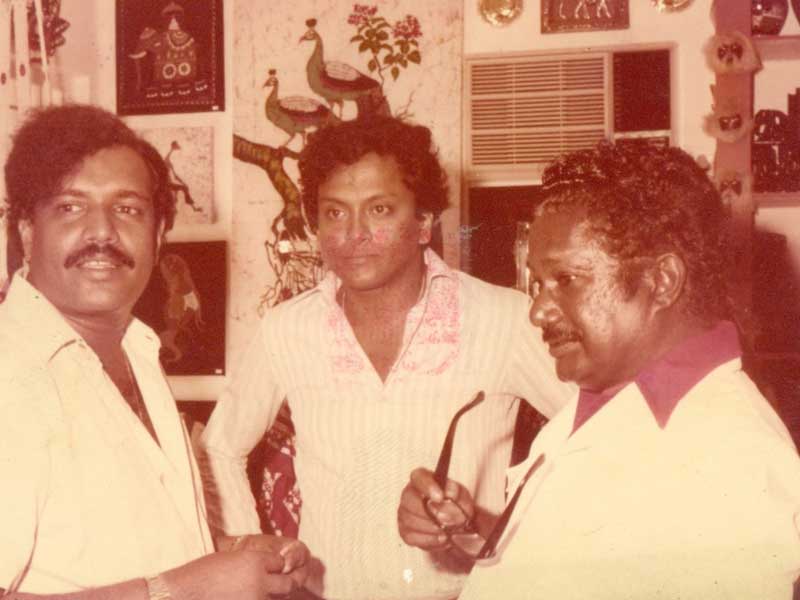
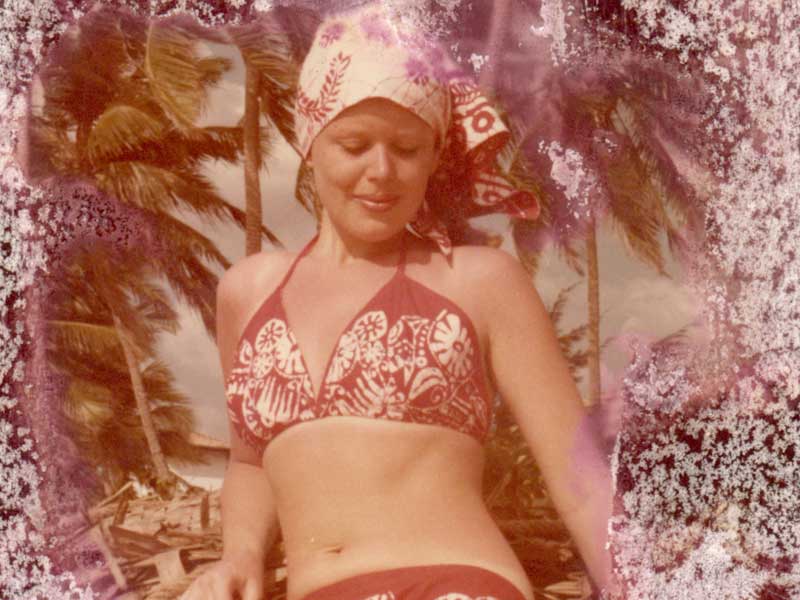
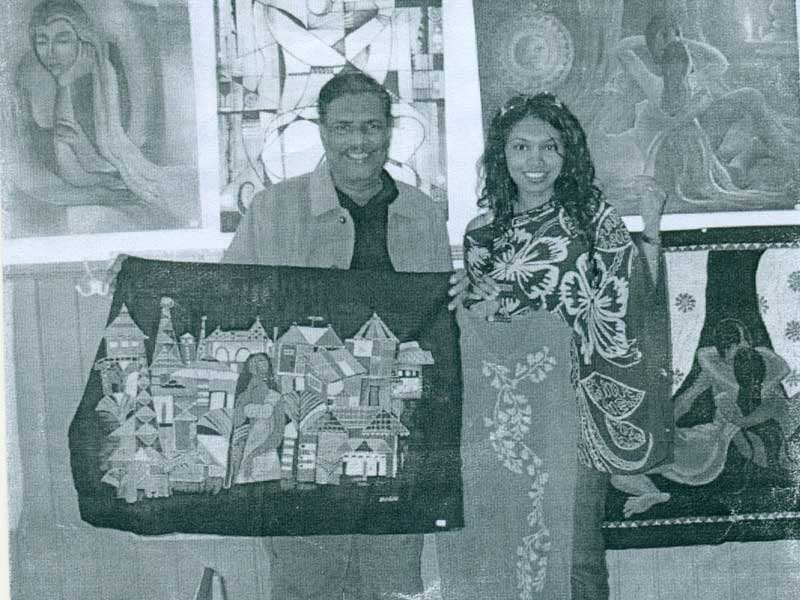
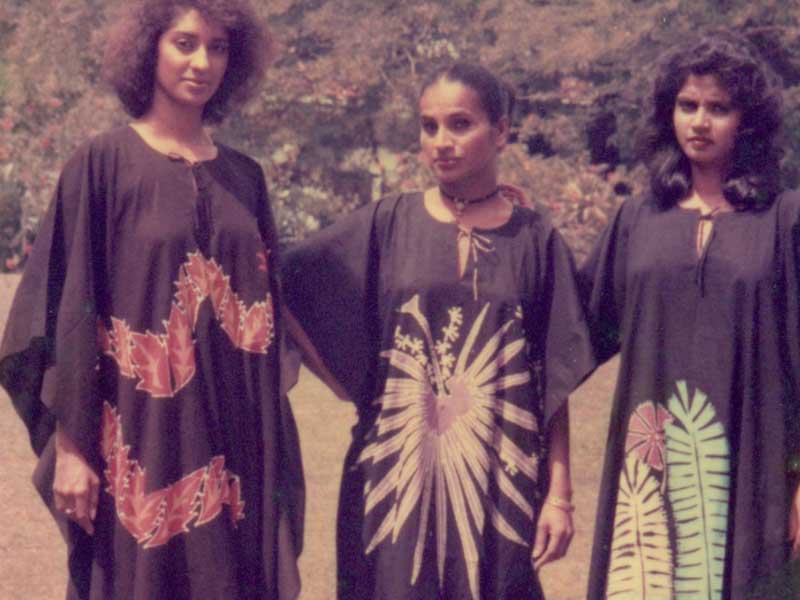
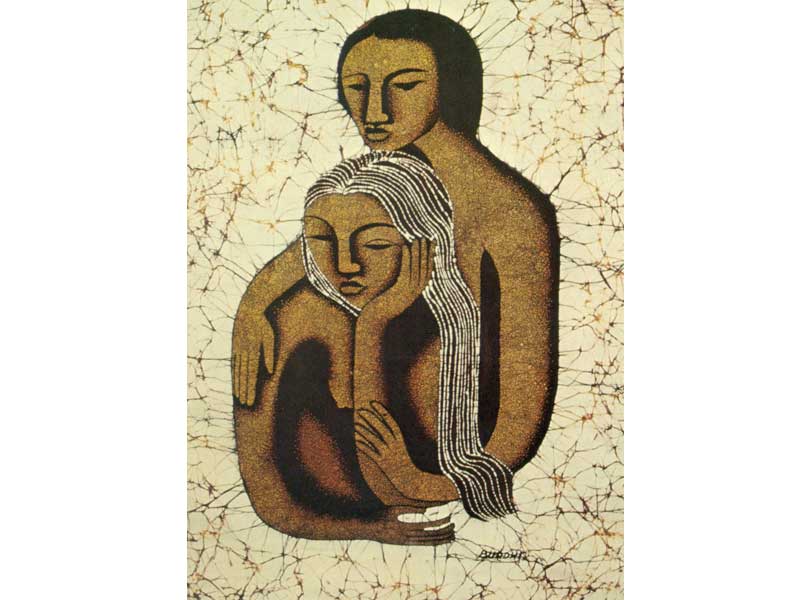
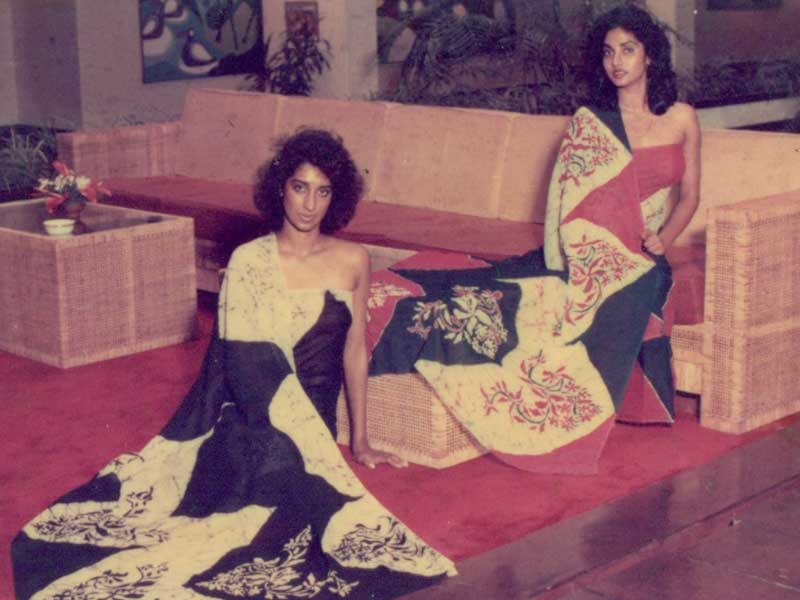
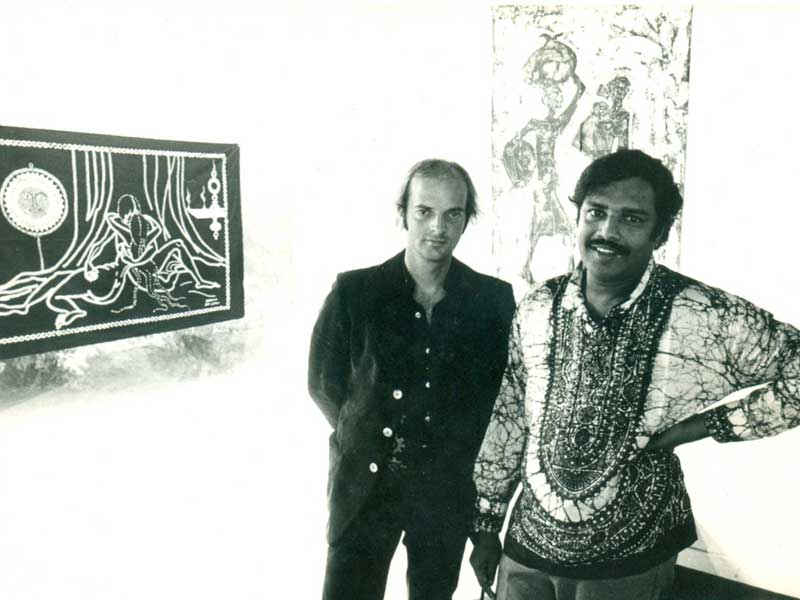
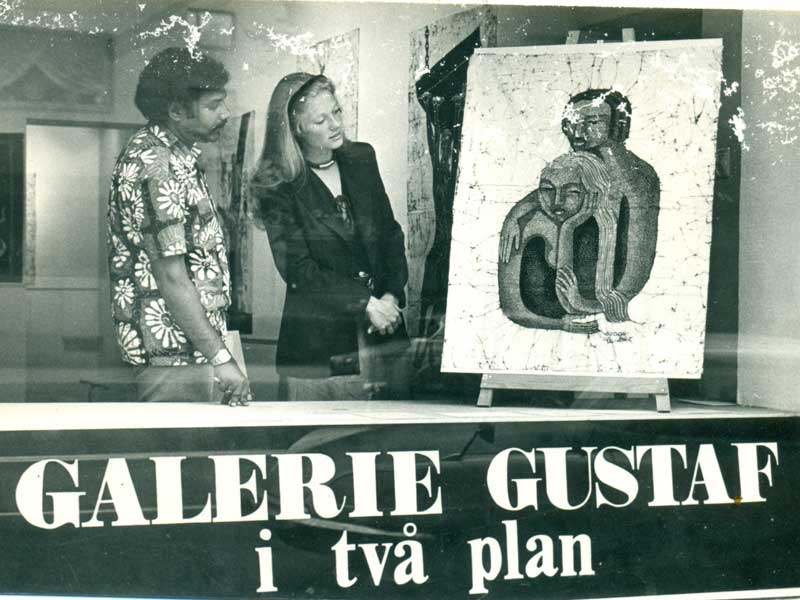
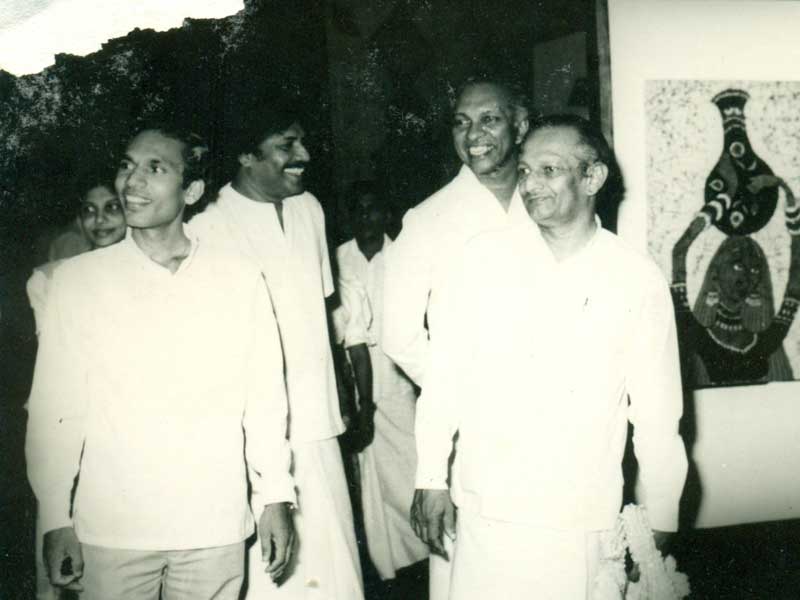
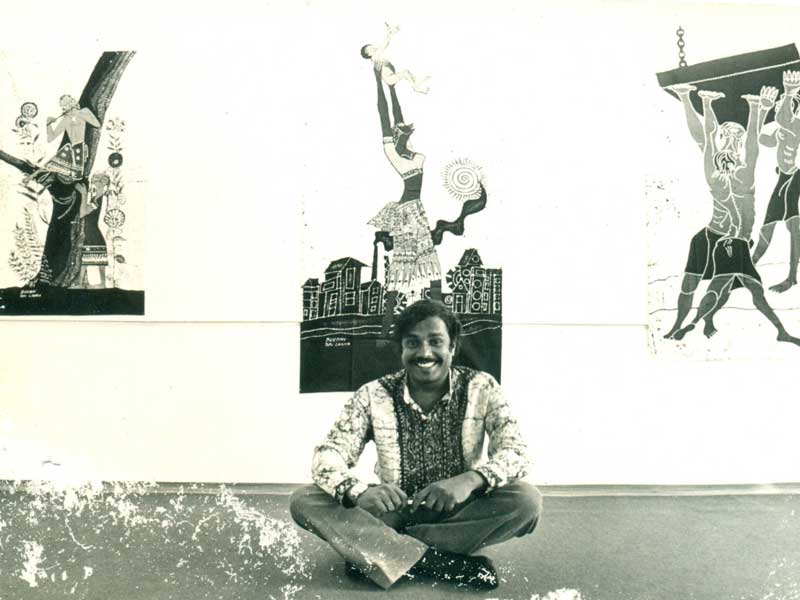
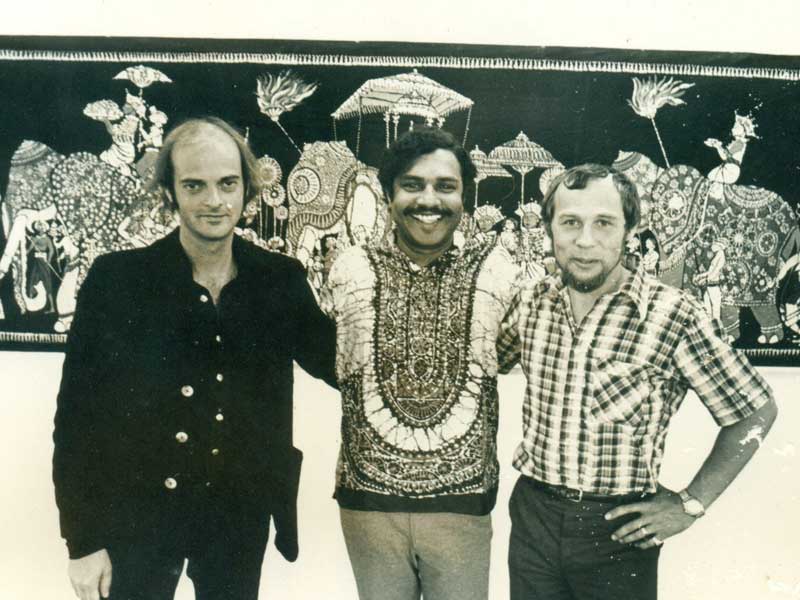
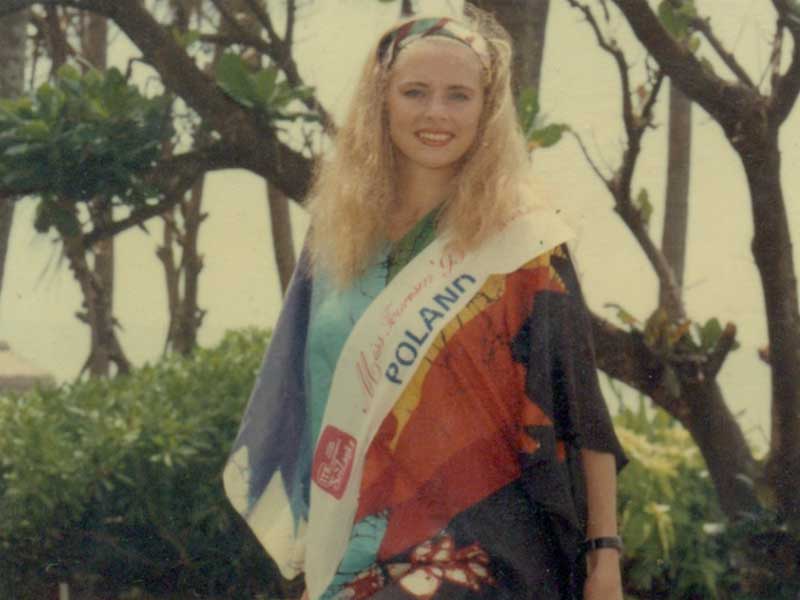
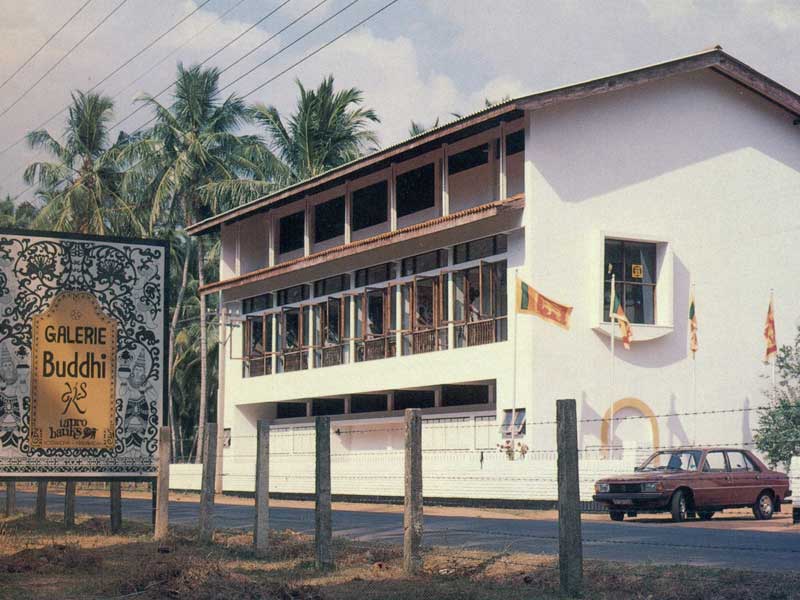
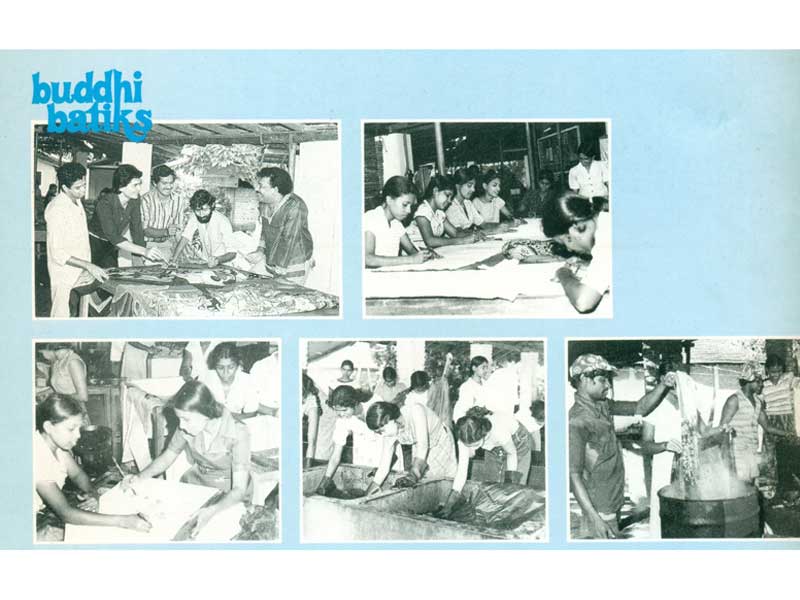
Batik Maestro Buddhi Keerthisena
Words: Tina Edward Gunawardhana
As Buddhi Batiks celebrates its 52nd anniversary as one of the leading players in the Sri Lankan batik industry we reproduce an exclusive interview carried in the Hi!! magazine with Buddhi Keerthisena when he received a Lifetime Award from CFW in 2014
Buddhi Keerthisena,is a legend in the batik industry. In a career spanning over 40 years Buddhi has been one of the batik artisans instrumental in developing the standard of batik in Sri Lanka. Buddhi was recently awarded the Lifetime Achievement award at Colombo Fashion Week 2014 for the yeoman service rendered to the batik industry in Sri Lanka.
Why were you attracted to the medium of batik?
I have always been interested in art. It has been an avenue for me to express myself. In the sixties I had a friend who used to dabble in batik and I asked him to make a shirt for me but he never did. I then decided that I wanted to experiment with batik. I had an artistic streak in me and that coupled with me desire to dry something new led me to try out the medium of batik.
When did you start out?
It was in 1969 that I first started to do batik on my own. I experimented with dyes and fabrics and I was very pleased with the initial results and that spurned me on. At the time I was working as a Press Officer, but my desire to engage in activities that enabled me to use my artistic ability was always at the forefront. While working as a Press Officer, the Ministers of the various Ministries I worked for were immensely supportive of my work and they would actually encourage me to go further in batik. I would say that my involvement with batik first started off as a hobby and it just then took off from there.
What were the early days like?
During my time people like Soma Udabage were considered the exponents in batik, their creations were given media coverage and people were drawn to batik. During the seventies batik was enjoying great success. When I first started, my workshop in Koswadiya was a small one. I employed seven girls in the workshop and all my money was spent creating and equipping the workshop. My wife was a great strength to me as she took a hands on approach to the work and helped out greatly. It is fair to say that although the local population supported the batik industry by buying batik clothing, tourism also played a major role in elevating the batik industry. At the start when I was initially selling my products at the Blue Oceanic in Negombo which was a haven for tourists there was a huge demand for batik wall hangings, shirts, maxi dresses, blouses. There were big tourist buses that would see the small Buddhi Batiks signboard and stop by which was a great boost for me.
What inspires you to push the boundries in your industry?
Innovative thinking is key to me. It was in 1979 that I first created the batik bikini. Tourism was at its peak and tourists were always looking for new innovative items of clothing to wear and I decided to meet this need. In 1983 the demand for batik plummeted as the tourist industry was greatly affected. This saw a downturn in demand and business in Sri Lanka suffered. There were lots of job losses across the industry with the reduction of tourism in addition some unscrupulous business people were flooding the market with inferior batik products. This also resulted in batik loosing its appeal to the Sri Lankan market. It was at that time that I conducted some market research as to what people in Sri Lankan really wanted in terms of batik items. I then solicited the help of friends in the film industry who were only too keen to help to promote batik. As a result the leading films stars at the time wore batik clothing on films and appeared in advertisements. This in turn boosted the demand for batik and the local market began to flourish. It is also an inspiration for those of us in the industry that our political leaders right from Mrs Sirimavo Bandaranayake, Ranasinghe Premadasa, Gamini Dissanayake, Chandrika Kumaranatunga and President Rajapakse have all supported the industry by wearing batik clothing. These leaders preferred to wear batik especially at official functions to showcase the originality of Sri Lanka design and creativity.
What is the legacy you would like to leave?
such an integral part of the design aesthetic of this country and it is worthy of having its own museum. I hope to have the museum in Koswatte where my career in batik started. It is my hope that the museum can be opened by the end of this year. I also want to see Batik become a widespread cottage industry. As the chairman of the craft council I have striven to bring our national crafts to the fore front. The National Craft Council has established over 100 batik training centres islandwide including three in Jaffna. I hope these training centers will achieve in empowering men and women to get gainful employment while reviving a traditional craft of Sri Lanka.
Where do you see the future of Buddhi Battiks?
I am confident that the future of Buddhi batiks is in the safe hands of my daughter Darshi. I realised early on how important it was to learn fashion design and I encouraged my daughter to follow a course in fashion design which she did in the UK. She plays a great role in Buddhi Batiks and I tend to agree when people say that Darshi has created a renaissance in the batik industry in Sri Lanka!
What has been the hallmark of your success?
I have been in the batik industry for 45 years now and during that time I have seen great changes. My philosophy has always been to create a good quality product so that customers have confidence in what they buy from you. You have to be honest to yourself and use good quality products . You also have to be original and create your own designs and generate new ideas. A combination of all these qualities have been significant in my success.
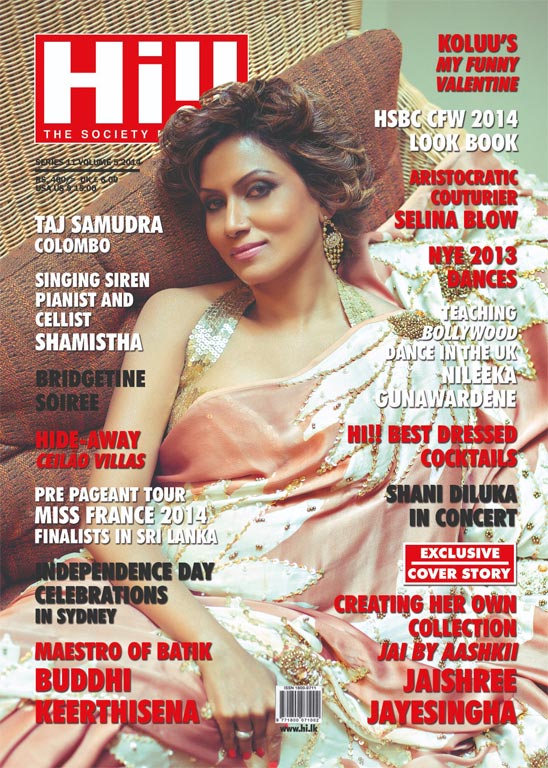
57th issue 2014 January & February
